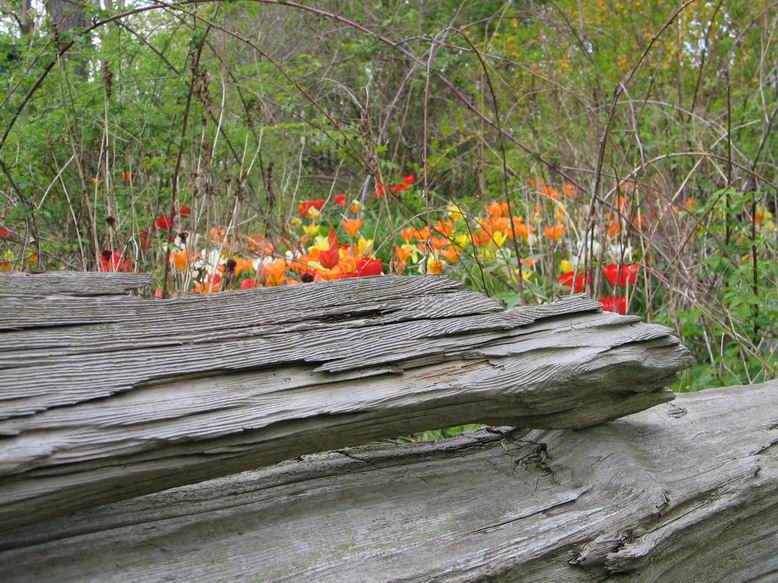
|
|
|
Spring sprung, grass riz,
wonder where birdies is
By Ulli Diemer
Seven News, April 9, 1977
Some days, when you go outside, an icy wind sneaks up on you and quickly tears away your warm illusions about winter being over. This, you think, shivering, is supposed to be spring? Other days, the sun seems determined to coax the winter chills out of your bones once and for all. But you know by this time that it’s dangerous to give in to that warm relaxed feeling, because if you do you're bound to be punished – the very next day, by the cruel inevitability of life, will certainly be gray, frigid, and miserable. Better then, to stick with those winter clothes, hunch up your shoulders, and decide firmly that winter is with us yet. Still, whether we’re ready to believe it or not, spring is upon us, and if we go out and look for it, we’ll come across signs that establish that fact much more firmly and decisively than the passing moods of the weather. One of the surest signs is always the emergence of the first cocky flowers, and the buds of shrubs, and the trees of the new season. You’ll find them in the ravines and on the hills around the Don River in the centre of Ward 7, in some of the empty fields in the south and off the lake, and (for those of us who occasionally cross the borders of Ward 7 to the outside world) in High Park, Morningside Park on Morningside Avenue in Scarborough, and in what’s left of the Nordheimer Ravine now they’ve shoved the Spadina Expressway (pardon Arterial Road) down the middle of it. The usual first arrival, which really deserves a nicer name considering that it is our first real herald of spring, is the skunk cabbage which starts producing its yellow pollen by early March. Second place is generally claimed by the spotted alder, a shrub coming into bloom in late March or early April. Close behind is the silver maple, which is common both as a planted tree in the city and wild along open wooded slopes. It is likely to come out first where its branches are warmed by reflected heat from south-facing building walls. Another early spring flower is coltsfoot, which looks something like a dandelion and grows on open, damp, clayey banks, sometimes in great masses. 'More sheltered areas provide early arrivals'
If you stay out of the ravines and parks and fields, you may still spot some early arrivals on empty lots off city streets in some parts of Ward 7. Often spots that receive more sunlight or reflected heat, or which more are sheltered, will produce some early arrivals, such as chickweed, ragwort, and dandelion. They’ve been stuck with the label ‘weed’ for the most part, but if you look at them with an open mind, you’ll find they’re as pretty in their own way as the officially tame flowers. And they’re most welcome as harbingers of spring! Related reading:
Toronto’s Ravines: Ours to Preserve Related topics:
Nature  |